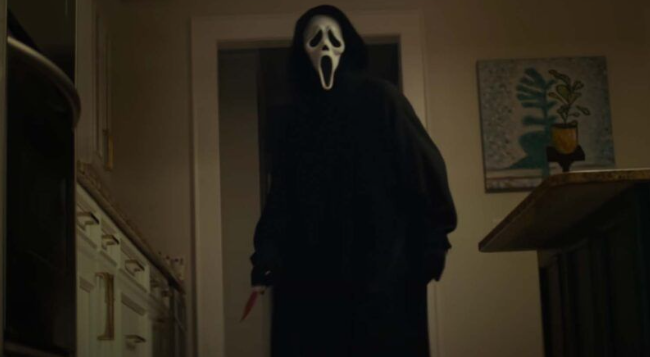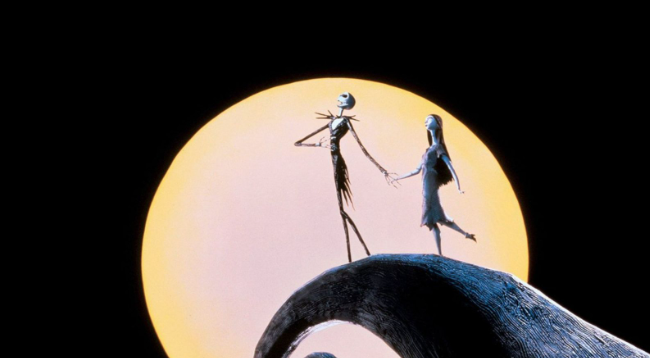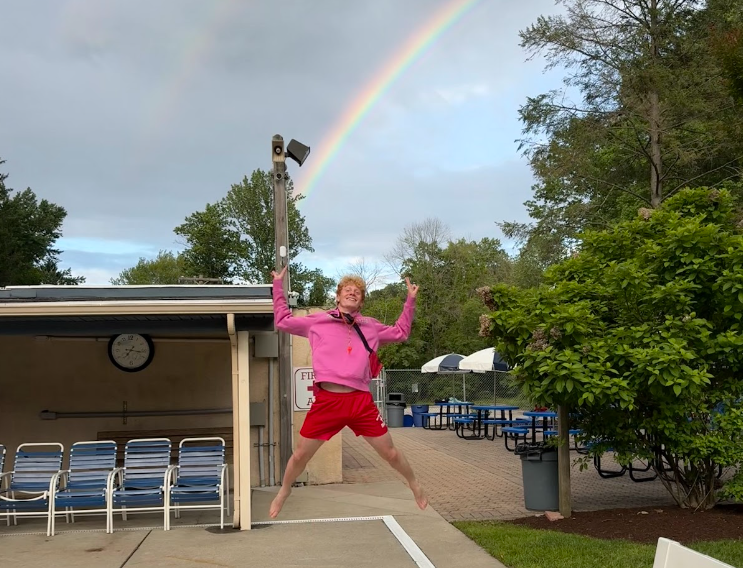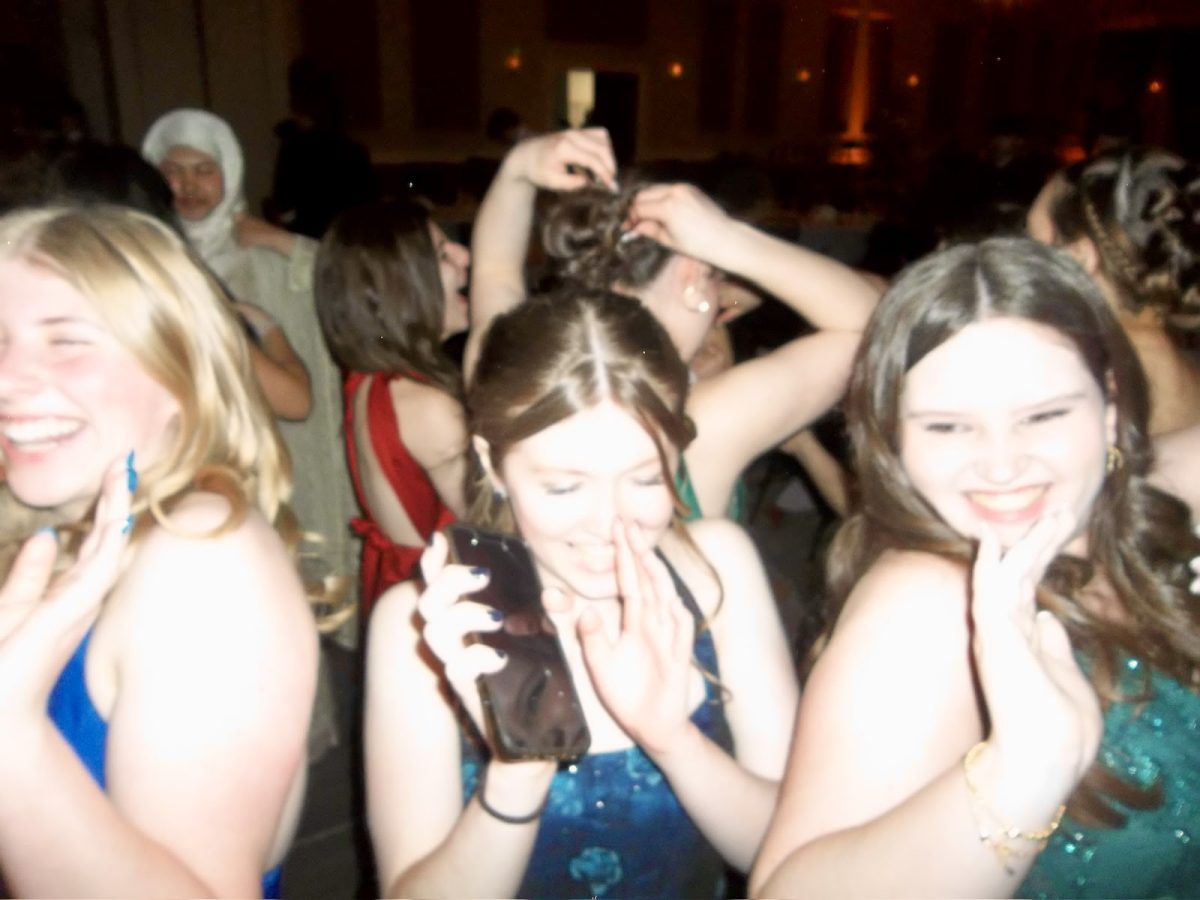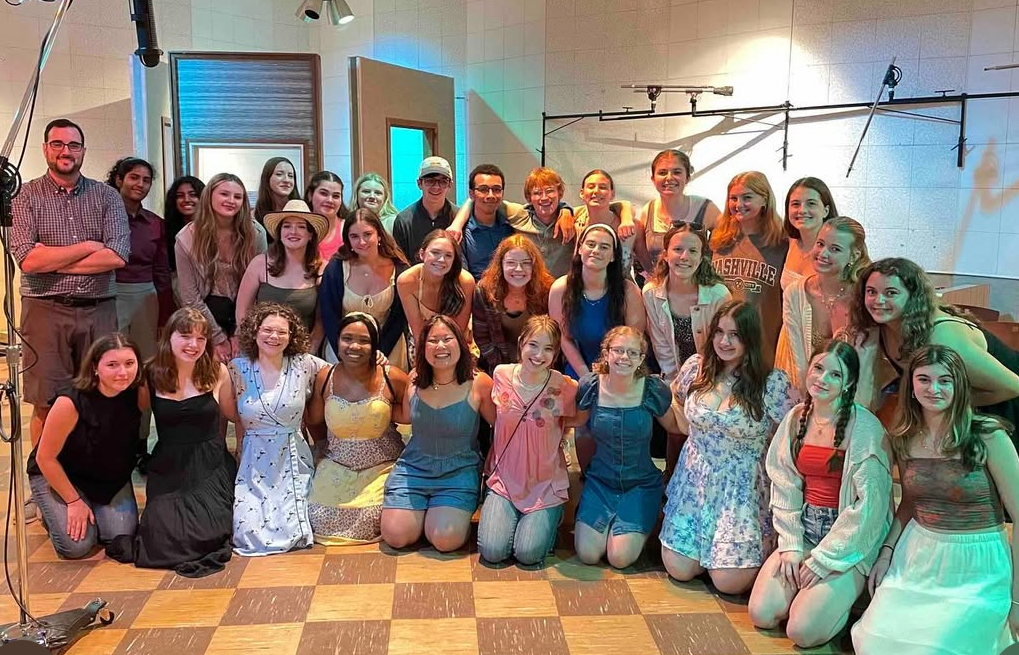With Halloween rapidly approaching, it is the perfect time of year to appreciate classics of the horror genre. In the stories of many classic horror movies, the same rules and tropes reign supreme, making for a distinct genre personality, but one of the greatest slasher films of all time finds its strength in flipping the script.
Directed by Wes Craven, Scream was released on December 20, 1996. When producer Bob Weinstein made the risky move of pitting a thriller against Christmas movies, the cast and crew expected a failure, but by word of mouth, the initially struggling Scream went on to make nearly twelve times its budget at the box office. Scream has gone on to become a wildly successful franchise with six films as of 2025 and another on the way in 2026.
Scream follows the story of a teen girl, Sidney Prescott (Neve Campbell), when a year after her mother’s murder, serial killings begin to plague her small town once again. In her community, she struggles with who to trust while Ghostface, the iconic masked killer, continuously picks off victims.
The masked murderer is a classic concept in horror used by such famous films as Friday the 13th and Halloween. If it follows age-old clichés and was released during the 90s, a period of struggle for the horror genre as a whole, why is Scream so revolutionary?
Scream is strongly self-aware of its genre. The tropes that audiences were accustomed to and likely tired of by 1996 were not just used; they were acknowledged. Characters in the film were fans of horror who understood the rules of the genre as well as the audience did. The movie is packed with references to previous horror movies, which both send a love letter to the quirks of the genre and satirize it. To me, the clever yet accessible satire of this film leads it to be more comedic than horrifying, and I mean this as a compliment.
Along with pointing out tropes, this movie subverts them. (If you haven’t seen the film, skip to the next paragraph to avoid spoilers.) In a feminist twist, the final girl is able to both express her sexuality and survive, instead of being punished by the plot for not remaining pure. In the end, the killer is not a singular, terrifying monster, but two teenage boys who took inspiration from other slasher films to commit crimes grounded in their immature rage. The press even advertised Drew Barrymore as the protagonist, only to shock the audience by killing her in the very first sequence. This self-awareness and subversion of slasher tropes create a film that is a masterclass in exciting the audience.
As we approach thirty years since its release, it is easy to underappreciate Scream. This Halloween, perhaps we should take a look back at the snarky teen horror movie that revitalized and revolutionized the slasher. It must have been a special film to have brought the excitement of horror back from the dead.



